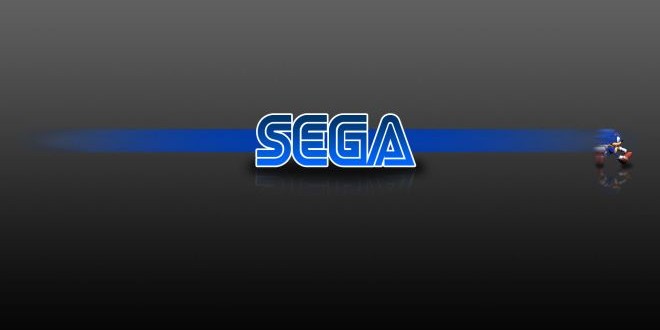When SEGA’s Genesis home console came out in 1989, they did something that was unprecedented. They were aiming to bring down the Nintendo powerhouse. Releasing their new console under the slogan “Genesis Does, What Nintendon’t,” they were starting what would become a trend for all video game console releases to come. They began a console war. Adopting a full-on attack and smear campaign against Nintendo’s NES console, they aimed to prove that not only could video games be cool for everyone, but the consoles could look the part as well.
In 1991, the company went on to adopt one of the most well recognized game characters of all time; Sonic the Hedgehog. This introduction, coupled with their new console, the release of the SEGA 32x attachment, further launched the company into success. After a few more console releases, each less successful than the last, the company relegated themselves to a software-only approach. This kept them going for a time, but this year they officially announced that they would be focusing their efforts on the mobile game industry. So how did it come to this? How did the publishers of games ranging in scope from Sonic: the Hedgehog to more recent titles such as Alien: Isolation let it come to this? The answers lie in their later console releases. Most notably the Saturn and Dreamcast.
The Saturn was supposed to offer an alternative to the PlayStation, and although well received at first, quickly faded into obscurity. It was ugly, expensive, big, and had a very sub-par library. This was really the point that SEGA started slipping downhill. 5 years after the release of the Saturn, a new challenger was soon to enter the field. PlayStation 2. The console developed by Sony was to take the world by storm. With its entirely DVD based library, unrivaled power, and relatively low price; it was a sure hit. SEGA had to act.
In 1999, they released the Dreamcast. Although it was a CD based console, its very low price and technical ability made it the best selling console of all time (until the PS2 hit the shelves), with 1.5 million units sold by the end of 1999. But they couldn’t hold a candle to the PS2’s immense power and sales, and by 2000 sales were sharply declining. After the Dreamcast, SEGA announced that they were leaving the hardware game. And so begun the fall.
What do you all think? Was this an Icarus tale, of one game company trying to compete with the immense power of Sony, and falling from greatness? Or has SEGA’s time simply come and passed?
 Load the Game Video Games, Reviews, Game News, Game Reviews & Game Video Trailers
Load the Game Video Games, Reviews, Game News, Game Reviews & Game Video Trailers



